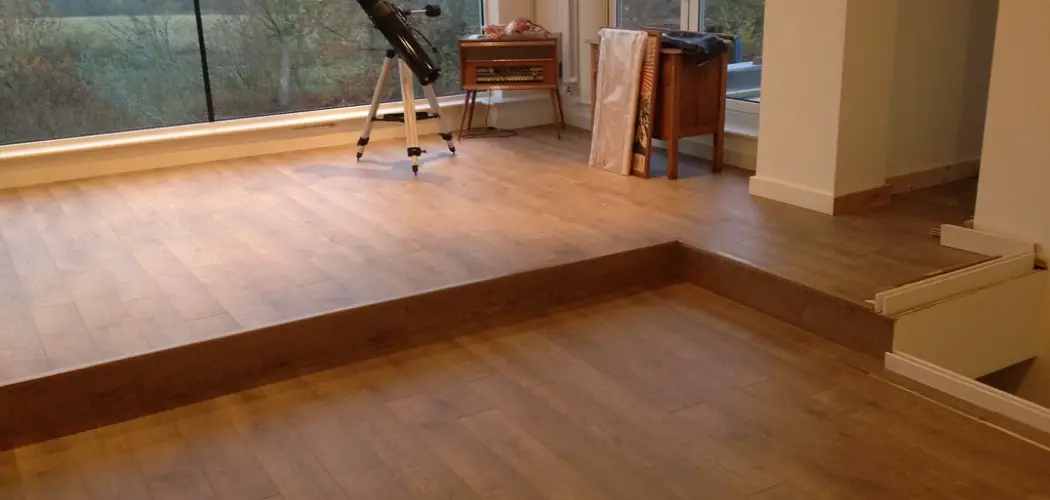Are you wondering how to dry out laminate wood flooring? If so, look no further. Laminate floors are a great way to upgrade your home decor while saving money on expensive tile or hardwood replacement projects. As with any other type of flooring, though, they can take on moisture and require special care for them to last as long as possible.
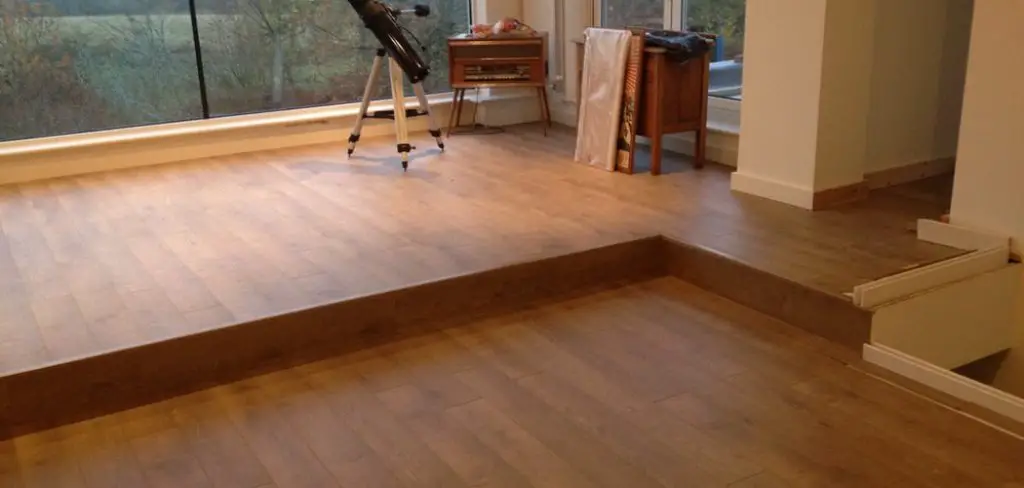
In this blog post, we’ll provide an overview of the steps you should take to properly dry out laminate wood flooring after it has been exposed to water. We will also cover what common risks might exist if you don’t attend to the problem quickly enough and why it’s important not to delay. So without further ado, let’s get started!
Why Is It Important to Dry Out Laminate Wood Flooring Quickly?
Before we dive into the steps for drying out your laminate wood flooring, let’s first discuss why it’s important to act quickly. When exposed to water, laminate flooring can easily become damaged and warped. If left untreated, this can lead to costly repairs or even the need for replacement.
Additionally, excess moisture can create an ideal environment for mold and mildew growth, which not only damages your flooring but can also pose health risks to you and your family. Therefore, it’s crucial to address any water damage to your laminate wood flooring as soon as possible.
Step-by-step Guidelines on How to Dry Out Laminate Wood Flooring
Step 1: Identify the Source of Moisture
The first step in drying out laminate wood flooring is to identify the source of the moisture. If the water damage is caused by a leak or flooding, you will need to address that issue first before focusing on drying out your flooring. Identifying and fixing the source of moisture will prevent further damage to your flooring.
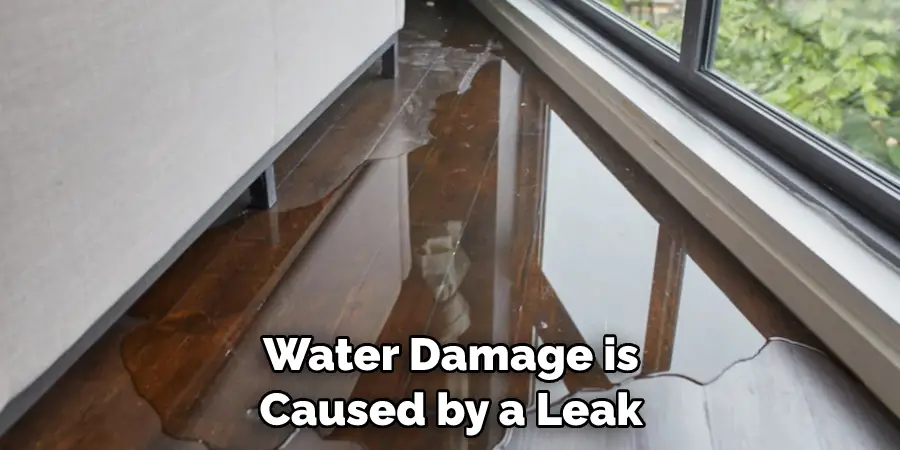
Step 2: Remove Excess Water
If there is standing water on your laminate wood flooring, you will need to remove it as soon as possible. You can use a wet/dry vacuum or towels to soak up any excess water. Be sure to replace the towels frequently so that they stay absorbent and don’t spread any excess moisture. While removing the water, be careful not to damage the flooring further.
Step 3: Use Fans and Dehumidifiers
Once you have removed as much excess water as possible, use fans and dehumidifiers to help speed up the drying process. Place fans in strategic locations to circulate air over the affected areas, and use a dehumidifier to pull moisture out of the air. This will help prevent mold and mildew growth while also drying out your laminate wood flooring.

Step 4: Monitor Progress
Check on the progress of your laminate wood flooring every few hours to determine if it’s drying properly. If you notice any areas that are not drying, focus more on fans or dehumidifiers in those spots. Pay attention to any changes in the flooring’s texture or appearance, as these could indicate that further steps are needed.
Step 5: Consider Professional Help
If you’ve followed these steps and your laminate wood flooring is still not drying out properly, it may be time to seek professional help. A water damage restoration specialist can assess the situation and provide more advanced techniques for drying out your flooring and preventing any further damage.
Following these steps will help you properly dry out your laminate wood flooring and prevent any potential damage. Remember to act quickly, be thorough, and monitor the progress of your flooring until it is completely dry. With proper care, your laminate wood flooring will continue to enhance the look of your home for years to come. So go ahead and enjoy beautiful and durable flooring without worrying about water damage! Happy decorating!
Additional Tips and Tricks to Dry Out Laminate Wood Flooring
- If you notice any warping or buckling of your laminate flooring, it may be necessary to remove and replace the affected planks. This will prevent further damage and ensure your flooring stays level.
- To speed up the drying process, you can also use a hairdryer to target small areas of moisture. Be sure to keep the hairdryer at a safe distance and on a low setting to avoid damaging the flooring.
- Prevention is key! Regularly check for any leaks in your home’s plumbing or appliances to catch any potential water damage early on.
- Consider using a moisture barrier under your laminate flooring for added protection against water damage.
- If you live in a humid climate, consider investing in a dehumidifier to keep the moisture levels in your home at a safe level and prevent future water damage to your floors.
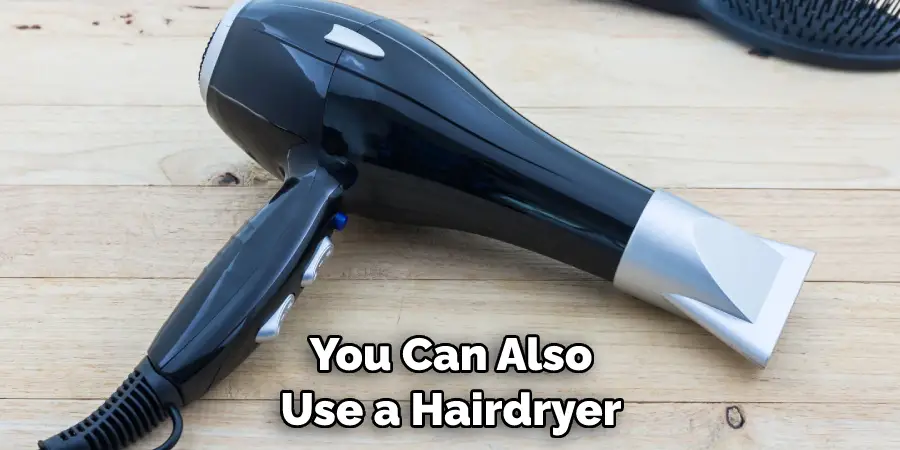
With these additional tips and tricks, you can protect your laminate wood flooring from moisture and enjoy its beauty and durability for years to come. Remember, taking proper care of your flooring not only enhances the aesthetic of your home but also saves you time and money in the long run. Happy decorating!
Things You Should Consider to Dry Out Laminate Wood Flooring
- Before you dive into drying out your laminate wood flooring, it’s important to understand what caused the water damage in the first place. This will help you determine how much water has been absorbed and where it is concentrated.
- If the damage was caused by a burst pipe or plumbing leak, then there may be a significant amount of water on the surface of the floor. In this case, it’s important to quickly remove as much of the excess water as possible using a wet/dry vacuum or towels.
- However, if the damage was caused by a slow leak or humidity, then the water may have seeped into the fibers of the flooring and could be more difficult to detect and dry out. In this case, using fans and a dehumidifier may be necessary to remove the excess moisture.
- Once you have removed as much of the excess water as possible, it’s important to let the flooring dry out completely before attempting any repairs or restoration. This may take several days, depending on the extent of the damage and your climate.
- While waiting for the flooring to dry, it’s important to keep the affected area well-ventilated and free from foot traffic. This will allow air to circulate and further aid in the drying process.
- Once the flooring is completely dry, you may notice some warping or buckling of the boards. In this case, using a floor sander or sandpaper can help smooth out any uneven areas and restore the appearance of the floor.
- If the damage is more severe and has caused irreparable damage to the flooring, then you may need to consider replacing the affected boards or even the entire floor. It’s important to consult a professional in this case to ensure proper installation and avoid further water damage in the future.
- To prevent water damage in the future, it’s important to regularly check for any leaks or humidity levels in your home. This can help prevent any potential water damage and save you from costly repairs.
- Additionally, investing in waterproof flooring options such as vinyl or tile can also provide added protection against water damage.
- Finally, if you live in an area prone to flooding or natural disasters, it’s important to have a plan in place for protecting your flooring and minimizing potential water damage. This may include having sandbags or other barriers on hand in case of flooding, as well as regularly checking for any signs of leaks or water damage.
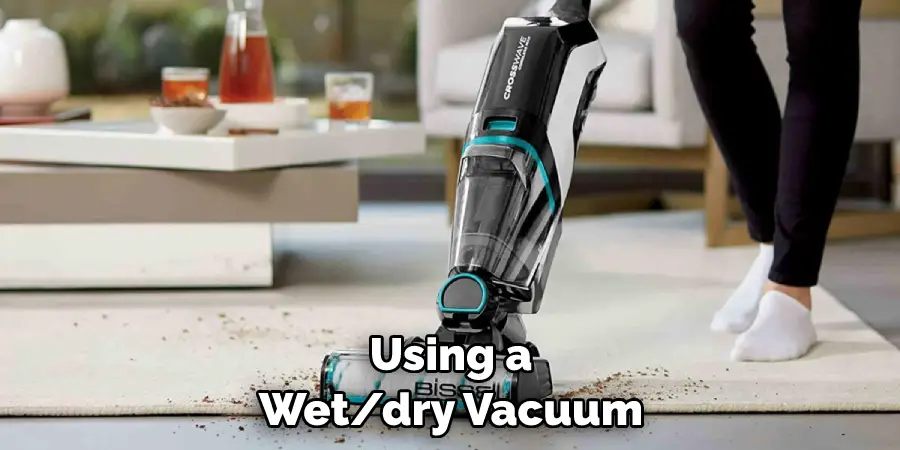
By following these considerations, you can effectively dry out and prevent future water damage to your laminate wood flooring. Remember to act quickly and consult a professional if needed for best results.
Common Mistakes to Avoid While Drying Out Laminate Wood Flooring
- One of the biggest mistakes people make when dealing with wet laminate flooring is leaving it wet for too long. It is crucial to deal with the situation as soon as possible so that the water doesn’t have time to seep in and cause further damage.
- Another common mistake is using excessive heat to dry out laminate wood flooring. This can cause the boards to warp or even crack, leading to costly repairs or replacement.
- Not using the right cleaning methods can also lead to further damage. Avoid using harsh chemicals or abrasive tools, as they can cause discoloration and scratches on the surface.
- Neglecting to address the source of the water is another mistake that should be avoided. If there is a leak or excess moisture in the area, it must be fixed before attempting to dry out the flooring.
- Using fans or opening windows may seem like a quick solution for drying out laminate flooring, but it can actually make the situation worse. The air circulation can cause mold growth and further damage to the boards.
- Trying to speed up the process by using excessive amounts of towels or other absorbent materials is not recommended. This can actually push more water into the flooring and prolong the drying time.
- Not taking proper precautions can also lead to accidents or injuries. It is important to wear protective gear, such as gloves and goggles when dealing with wet floors to avoid slipping or exposure to harmful chemicals.
- Ignoring warnings and instructions on products used for drying out laminate wood flooring can be dangerous. Always follow safety precautions and read the labels carefully before use.
- Not seeking professional help when needed can be a costly mistake in the long run. If the damage is extensive or if you are unsure about how to properly dry out the flooring, it is best to consult with a professional for guidance.
- Lastly, not properly maintaining laminate wood flooring after it has been dried out can lead to future water damage. Regular cleaning and proper care can help prevent similar situations in the future. So, it is important to read up on tips for maintaining laminate flooring to avoid any further issues.
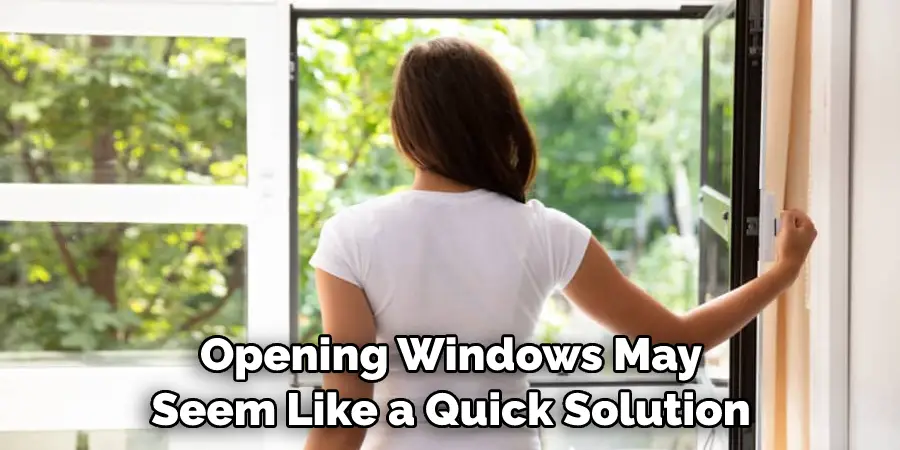
By avoiding these common mistakes and taking proper precautions, you can effectively dry out laminate wood flooring and prevent further damage. Remember to act quickly, use the right methods and products, and seek professional help when needed for the best results. Keep these tips in mind to ensure your laminate flooring stays in top condition for years to come. Happy drying!
Conclusion
All in all, there are several methods that can be used to dry out laminate wood flooring and prevent rot. Seek professional advice if the problem is more severe and requires a different kind of attention. Investing in a dehumidifier is also a good idea as this can help keep the moisture levels down over time.
Regularly checking for signs of rot, wet patches or discoloration is also important. Remember, prevention is always better than cure! So, take these steps now to ensure your laminate wood flooring stays in pristine condition for years to come. Now that you know how to dry out laminate wood flooring, what are you waiting for? Get started right away, and enjoy the peace of mind it brings!
You Can Check It Out to Stain Wood Floors Darker

